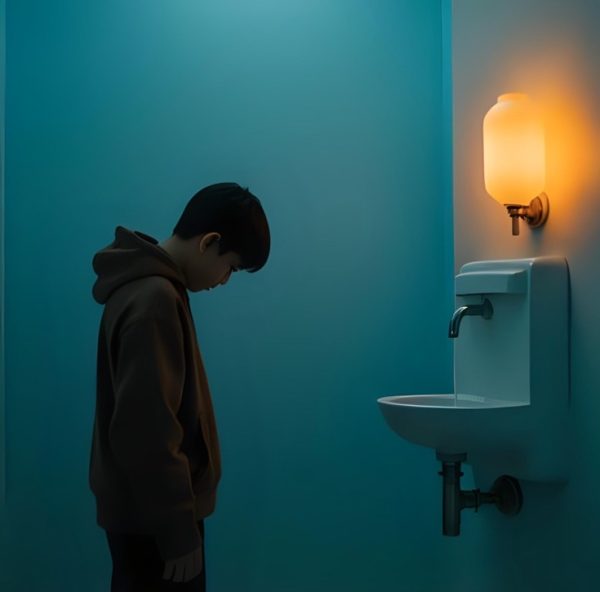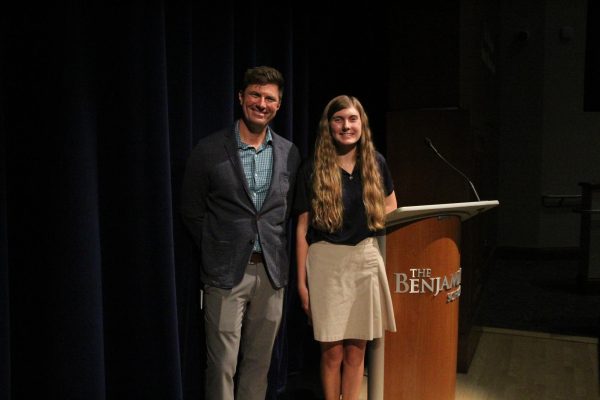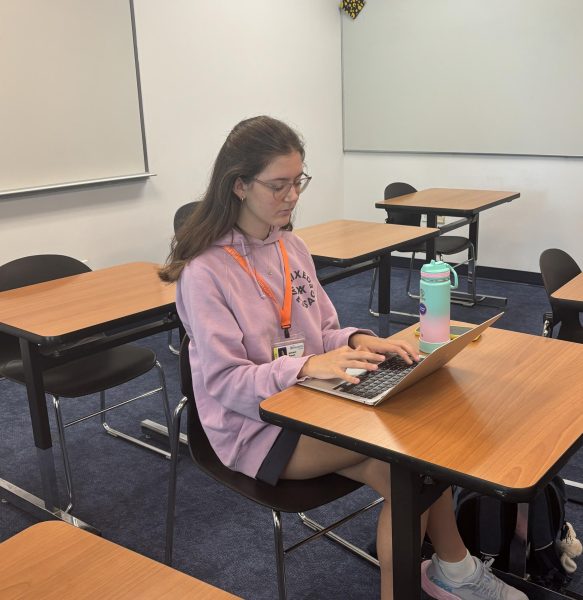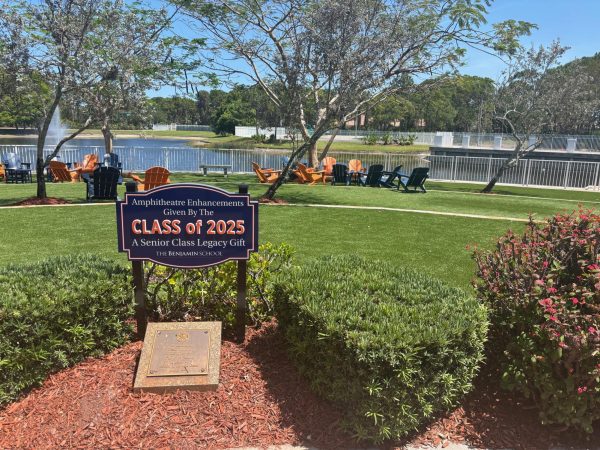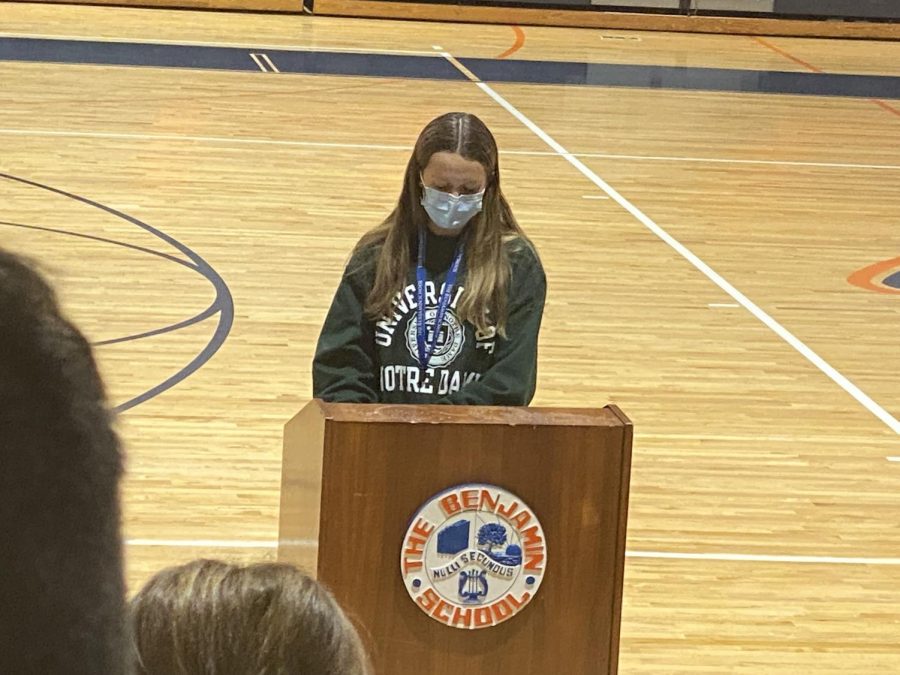Importance of Community Block; Students Voice Opinions
Junior Izzy Molnar gives her candidacy speech for Vice President of the Upper Schools Red Cross Club.
A staple of this school year has been the addition of a biweekly community block after lunch. This new period has led to a clash of opinions between certain students and the administration.
On block days in the past, students would attend their first block, followed by a break, and then head to the second block and then a 30-minute lunch. After lunch, students would go to the third block and 30 minute activity period where students would attend a club the presidents chose that day. If students did not have a club, they would do homework, go to meet with teachers for extra help, or hang out with friends. After this activity period, they would then head to their split fourth period that was shared between two days.
Nowadays, on normal block days with normal start, students have their first block followed by assembly or advisory, they then head to the second block with a 30 minute lunch and a 40 minute “community block” right after.
These community blocks are designated periods of the day for clubs to meet, getting extra help from teachers, and a short study hall. In the past clubs would meet at least once a month when scheduled. For example, the Red Cross Club would meet every last Tuesday of the month.
These community blocks have caused controversy between students as in previous years, students were able to leave at 2:25 compared to now in which students leave everyday at 2:58 for the exception of Fridays at 2:12.
Student President Sydney Steinger says, “I enjoy the community blocks. I think the students definitely have to adjust to the addition to the schedule and make sure that none of their clubs are overlapping with one another. I think it makes clubs more organized and gives them a designated time that way they aren’t having to meet during lunch or overlapping with the school schedule.”
With these community block periods, the student council has decided to host activities outside in between buildings four and five on the rear side.
“On community block days that students don’t have clubs, the student council has been able to set up games outside like cornhole, wiffleball, and spike ball near the math building. A lot of the underclassmen I see are participating in those activities and I think it’s a good way to keep the students busy if they aren’t in club meetings,” Sydney said.
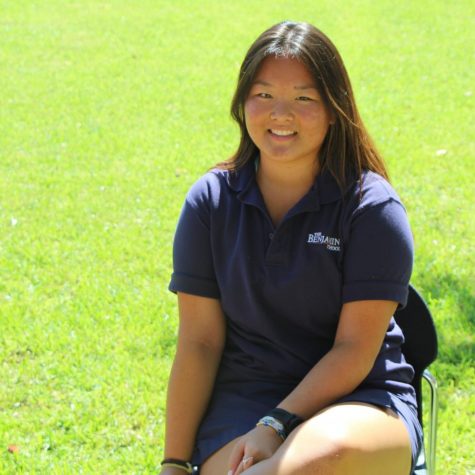
Hi I am Clara Schor. I have been on the Pharcyde since Freshman Year. I like to write about features on people. I like my friends. I like the Pharcyde....
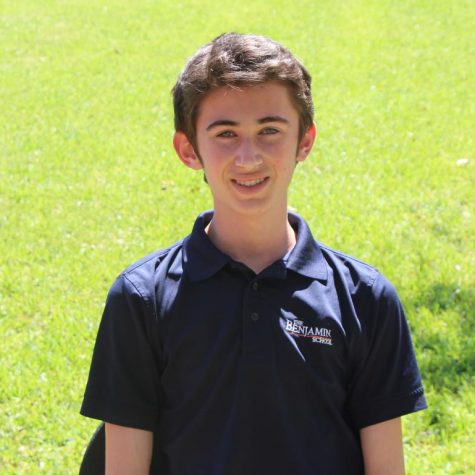
Charlie Spungin is a senior and has been a member of The Pharcyde for four years. He is the Editor-in-Chief and formerly the Copy and Sports Editor....


